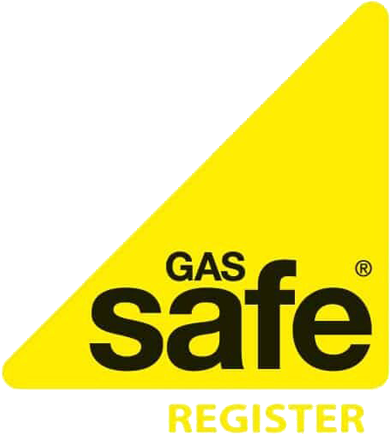Solar Panels
We offer solar panels fully fitted from £3,995 (inc VAT) for PV only, from £6,995 (inc VAT) with 6.4KW battery storage
Get Solar Panels and Battery Storage Price
Answer some questions about what solar panel system you want and we can give a cost estimate/check how many panels might fit on your roof (or book a survey).
Please see our solar panel system recommendations below, if you'd like us to install your solar panel system feel free to contact us on 01243 950694 or book a survey below.
What type of property do you have?
You must be the homeowner to add solar panels on your roof.
Flat
Terraced
Semi-Detached
Detached
Bungalow
Solar Panel System Summary
Address: Not Selected
Property:
Energy Routine:
Energy Usage:
Sides of Roof With Panels:
Estimated Power Generated Yearly: kWh
Estimated Fully Fitted Price: £950 (inc VAT)
(This quote is subject to a free survey by one of our engineers)
Solar Panels: 4 (each panel is £300 inc VAT)
Inverter:
Battery:
Scaffolding: £950 (inc VAT)
(required for all installations)
Bird Protection Kit: Free of Charge
(a mesh around/between the panels and the roof to protect against birds and rodents)
Signage Pack: Free of Charge
DNO form: Free of Charge
(mandatory paperwork to inform your supplier of your new system, normally £500 inc VAT)
MSC Certificate & Electrical Certificate: Free of Charge
(required to get your fee in tariff/payments)
The main components you will need in your solar panel system are:
We would recommend a 400kW or higher solar PV panel as these can generate over 3400kwh of electricity per year. The energy savings trust suggest an average 3 bedroom home uses just over 3000kwh a year, so these panels could potentially cover your full usage.
All Solar panel systems will be installed with an inverter to convert the DC electricity they create, into AC electricity that can be used in your home.
All systems will be installed with a controller, that will work similarly to the controls we are used to for boilers. They will help control where the supply of electricity produced is sent (battery storage, the grid or for use in the home). You will also have a meter installed that will monitor how much electricity is being generated.
We would recommend always including battery storage when installing your Solar panel system. There is very little money to be made from selling back to grid these days, therefore having your own battery storage means that you can use the excess electricity you have made in the day, throughout your home in the evenings. When installed at the same time as your panels batteries are VAT free.
How do they work?
There are two different types of Solar Panel: Solar thermal and Solar PV (photovoltaic). Solar thermal panels generate heat that is used to heat hot water for the home, however, they are not used much anymore as Solar PV has taken over. Solar PV capture the sun’s energy and converts this into electricity that can be used around your home, stored for later use or any excess electricity sold back to the energy grid.
PV cells are made from layers of semi-conducting material (most commonly silicone) and when sunlight hits these cells it creates an electric field across the layers, creating a flow of electricity. They create Direct Current (DC) electricity, then an inverter (installed alongside your PV panels) will convert this into Alternating current (AC) that can be used in your home.
Solar PV panels do not need direct sunlight to work and can still create electricity on a cloudy day; however, the stronger the sunshine, the more electricity they can create.
The optimum location for maximum possible output for solar panels is a south facing, pitched roof. East or west facing roofs would produce around 15-20% less energy than south facing, however may still produce enough electricity to make it worthwhile installing panels. One of the main things to consider is the amount of shading of the panels, as this will reduce the amount of electricity produced.
Benefits
Solar PV is a form of renewable energy. Renewable sources of energy are constantly being replenished, which means they won’t run out, therefore your solar panels will always have a source of energy – the sun
Unlike electricity produced from fossil fuels, the electricity your solar panels produce will not create any greenhouse gases and will also lower your carbon footprint in the home.
As you are producing (free) electricity in your home, your energy bills will reduce. You can also install a solar battery to store any excess power produced in the day to use in the evening, further reducing your bills. You are also able to sell excess electricity back to the grid, effectively meaning your solar panels are able to make you money.
Maintenance
Solar PV panels require little to no maintenance once they are installed. Once they are installed they will last 25+ years with their performance after this time still estimated to be 80% of that when they were brand new. Your inverter will likely need replacing at some point during this time period
Your PV panels should be kept clean of dust and debris; the rain fall on standard pitched roof is usually sufficient to do this, however it is best to keep an eye on them. It is also worth keeping an eye on any nearby trees that may grow and cause additional shade over your panels and ensure that this is reduced where possible.
Finally, if you keep an eye on your system, over time you will become familiar with what to expect in terms of electricity production and are likely to notice if there any issues and it is not behaving as normal.


